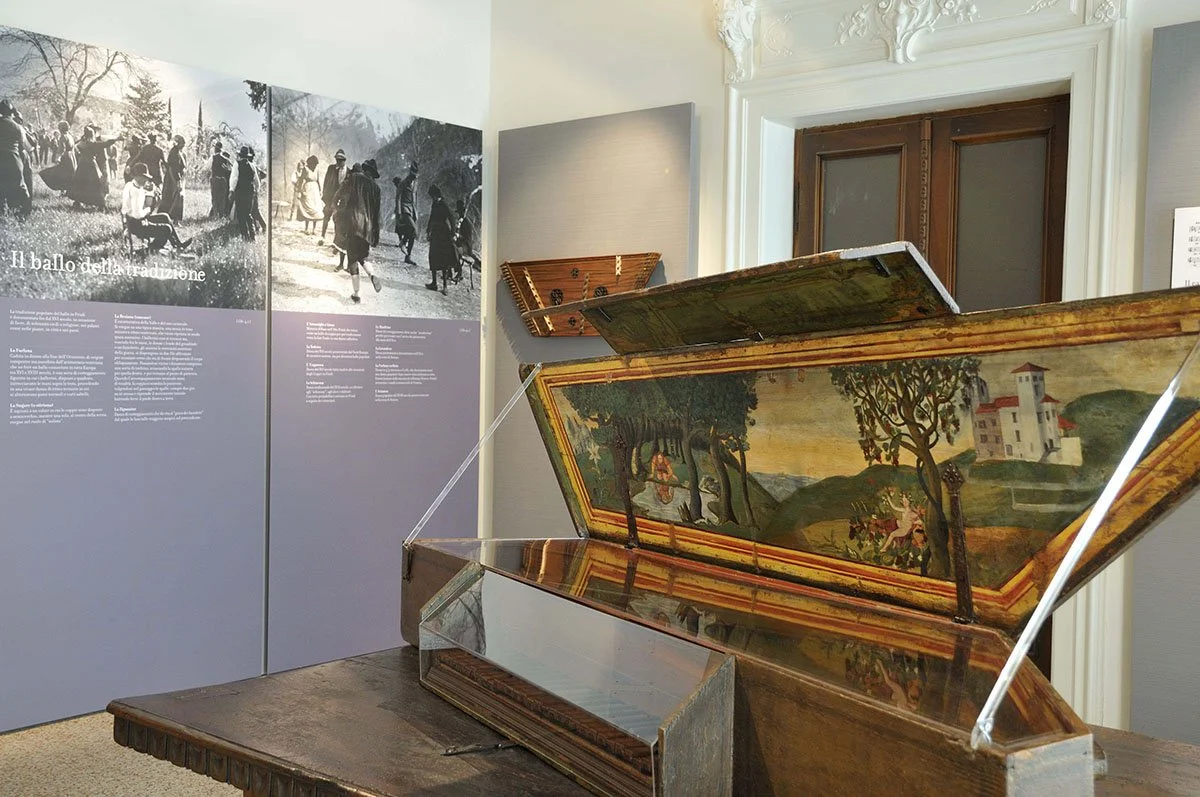CULTURAL SITES
Le Corbusier, a famous architect, urban planner, painter and designer, described the Dolomites as "the most beautiful architectural work in the world".


-

Museum of Andraz Castle
The castle was built in a strategic position from where it could control the trade routes in the Dolomites area, in particular the road that from the town of Agordo reached the Val Pusteria. The sacredness of the place, the presence of several cultures, the beauty of the landscape and the extraordinary preservation of the natural environment make it one of the most fascinating symbols of the eastern Alpine area: a synthesis of what led UNESCO to acknowledge the Dolomites as a "World Heritage Site" in 2009.
-

Messner Mountain Museum Ripa
In Brunico Castle, located on a hill south of the capital of the Puster Valley, Reinhold Messner has set up one of the six museums he has dedicated to the mountains. From the museum, you can enjoy a wonderful view of the Kronplatz, a place of great tourist attraction. The view is characterised by the rural area of the Ahrntal valley and by the Alps of the Zillertal valley.
-

Archeological Alto Adige Museum
At the South Tyrol Museum of Archaeology, you can admire the Iceman - also known as Ötzi – his artefacts, and his story on the first three floors. The museum has a collection of documents that include reports of media reactions to the discovery and data gathered from scientific research carried out on the 5,000-year-old ice mummy.
-

Geological Museum of the Predazzo Dolomites
The museum was established in 1899 as a "Social Museum" by the Magnificent Community of Fiemme and Fassa and therefore it has a history of over one hundred years. The Museum is devoted to the geology of the Dolomites and in particular that of the Fiemme and Fassa Valleys. In the museum you can see fossils and minerals on display, which are part of the important geological heritage of the area.
-

MARC Archeological Museum Cadorino
In the Palace of the Magnificent Community of Cadore, there are exhibitions of archaeological finds from Lagole di Calalzo, Domegge, and Valle di Cadore. They were recovered during excavation campaigns conducted after the Second World War by the Superintendence for the Archaeological Heritage of Veneto. Antique artifacts such as iron skewers and bronze ladles witness ancient ritual practices such as banqueting and libation. Bronze statues of praying offerers and warriors, bronze plates with various incisions, and weapons made of iron are some of the interesting artifacts that were recovered and are now on display at the museum.
-

Ethnographic Museum of Friuli
The New Museum of Popular Arts and Traditions is located in the historic Palazzo Giacomelli in Udine, in the picturesque and lively Borgo Grazzano. Most of the documents and objects on display come from the collections donated by local affluent people, and are sorted into different thematic exhibition areas. Texts, photographs and audiovisual materials and media engage visitors on an emotional level while they go through the three exhibition floors of the Ethnographic Museum of Friuli. The main aim of the museum is to preserve the cultural heritage and identity of Friulian people and their land.
